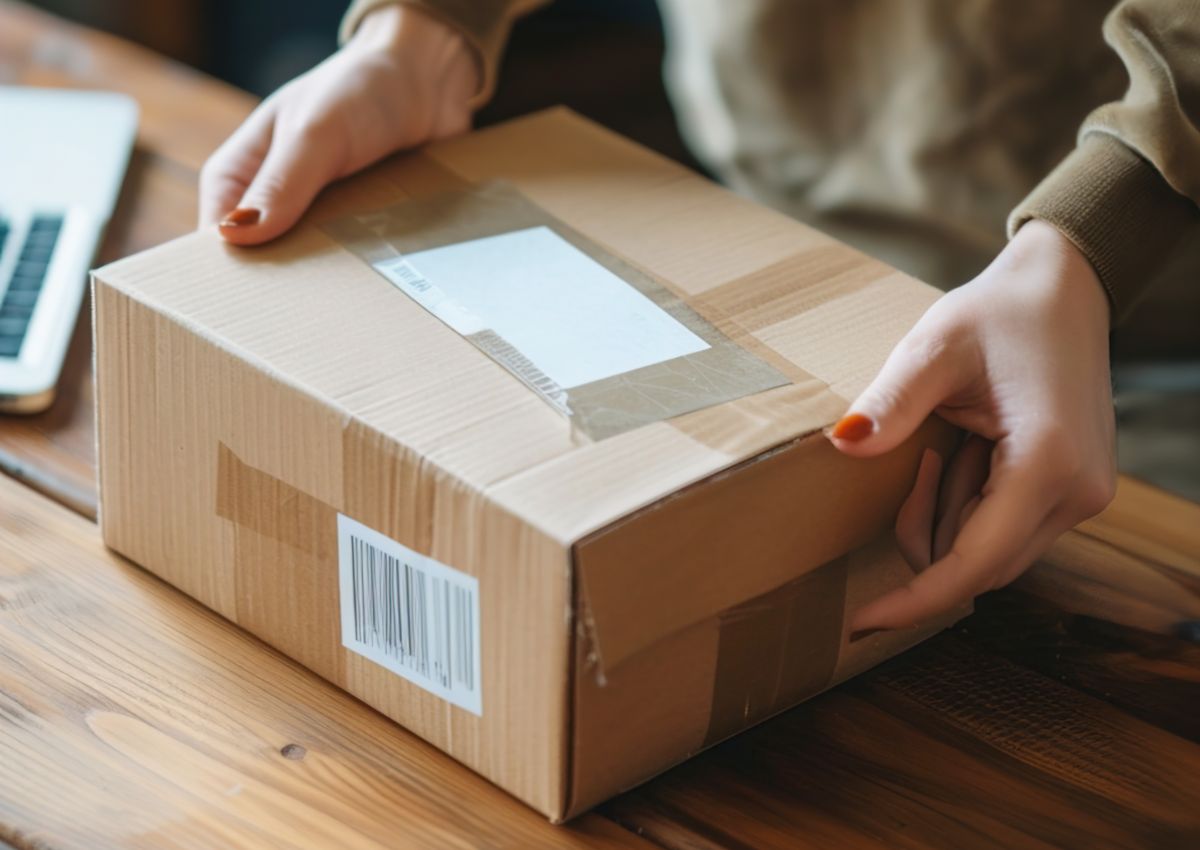Artificial intelligence is being presented as a panacea for all sorts of logistics issues, and there’s evidence it can make a real difference. Sean Fleming reports
The world has gone chatbot mad of late.Put the word into Google and you’ll be inundated with articles telling you which chatbots will best meet business needs, listing the best chatbots this month, or simply explaining what they are. For anyone unsure, these are the live chat services you’ll find on many customer-facing websites, where the helpful responses made not by a human customer service representative, but by a robot. Banish from your minds all thoughts of the robot from movies such as Lost in Space. The chatty little robot behind the chatbot is a piece of software, driven by artificial intelligence (AI).The chatbot-as-customer-care-rep has a database of questions, prompts, answers and responses to fall back on. These will have been written by a person, although give it time and chatbots will probably start writing their own material.
There’s plenty of scope for robots to help out in warehouses, as Ocado’s many investments in such technology clearly indicate. But what about AI and chatbots? One of the reasons for the popularity of chatbots, particularly on retail sites, is they can act as a frontline of customer care help, leaving your human staff to do more valuable work. But you probably don’t need a chatbot in your warehouse. There are other opportunities for AI to make meaningful inroads into delivery operations, however. Some of which your company may even be using already.
Quick-change artistry
On-the-fly changes are the new black for many retail delivery services. From a customer perspective, being able to respond to a text on the day a shipment is due and change your mind can be great if you won’t be in when a delivery will be attempted. But it’s a costly service to offer. In addition to the parcel staying on the van taking up space, there’s a knock-on effect for the rest of your deliveries. Will it stay with the driver until later? Will it come back to the DC? There’s rerouting to think of, replanning and rescheduling, too. All of which could be recalculated far quicker and with a much greater degree of accuracy and certainty by an AI tool. It will be able to pull together all the relevant criteria and find the best, most cost-effective solution while a human operative would still be reaching for a clipboard. Similarly, day-to-day route planning is something AI can have an important part to play in.
Move from vehicles back into the warehouse and the role of AI gets more interesting. There are examples of robots in use. As mentioned, Ocado has done a lot of work on this. Clothing retailer Gap has sorting robots in use too. The next step will be an AI-powered distribution centre. And that’s something else Ocado is already doing.
Not far from Birmingham, more than 35km of conveyor belts transport around 8,000 plastic crates between shelves and picking areas at what Ocado calls the most automated warehouse of its kind. Bags are fitted inside the crates, some of which are chilled, and are then filled with items corresponding to shoppers’ orders. There’s little or no human intervention, and sophisticated algorithms keep the whole thing running smoothly, even down to the order that items are bagged – no two-litre cartons of orange juice being placed on top of loaves of bread. But one of the most high-profile examples of AI in use in retail this year has been the Amazon Go shop in Seattle, where shoppers famously queued up outside waiting for their turn to shop in a store where you don’t have to queue to pay. The AI that makes the store possible tracks every customer, every item of stock, and every shelf.
There’s no reason to think a system like that won’t have a part to play in warehouses too, bypassing the need for staff to confirm they’ve collected an item from a shelf, and always automatically replenishing any out-of-stock items. Whether it’ll stop for a chat, is anyone’s guess.




